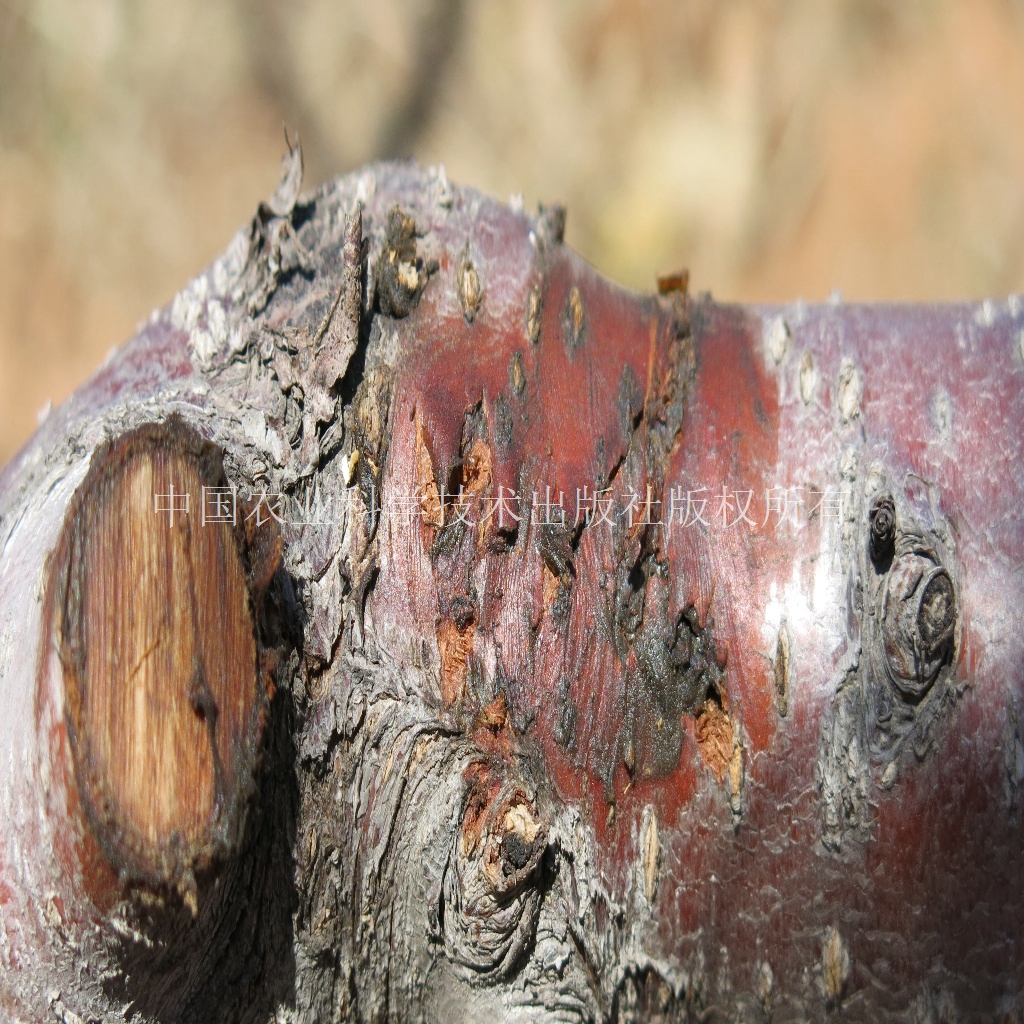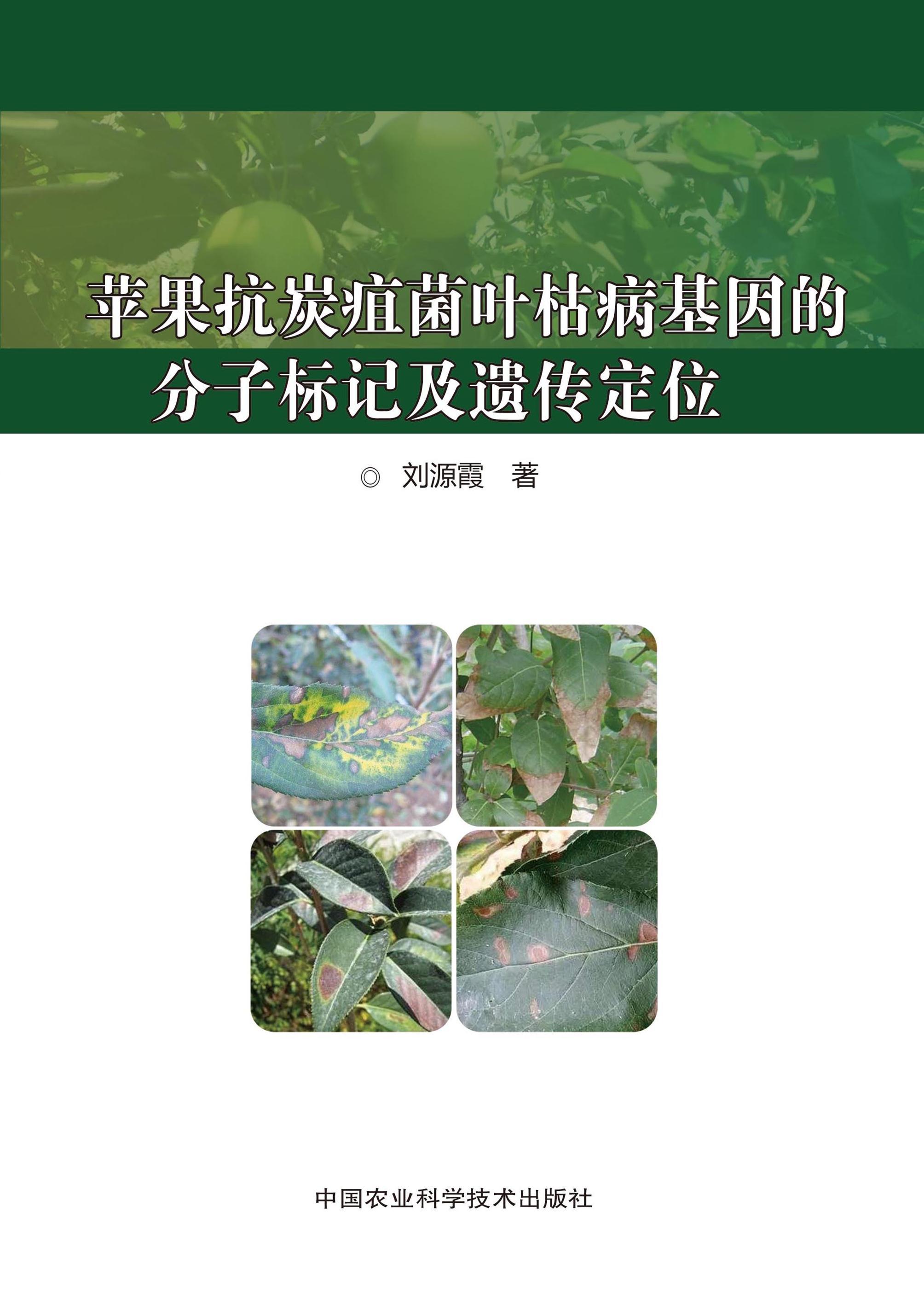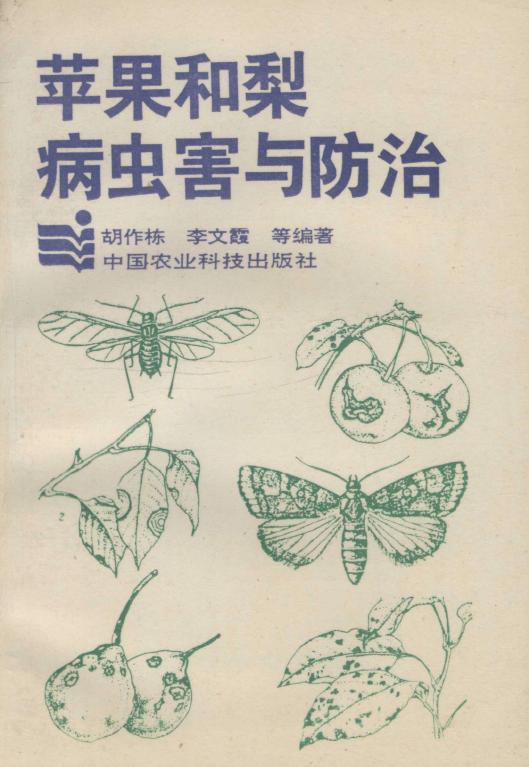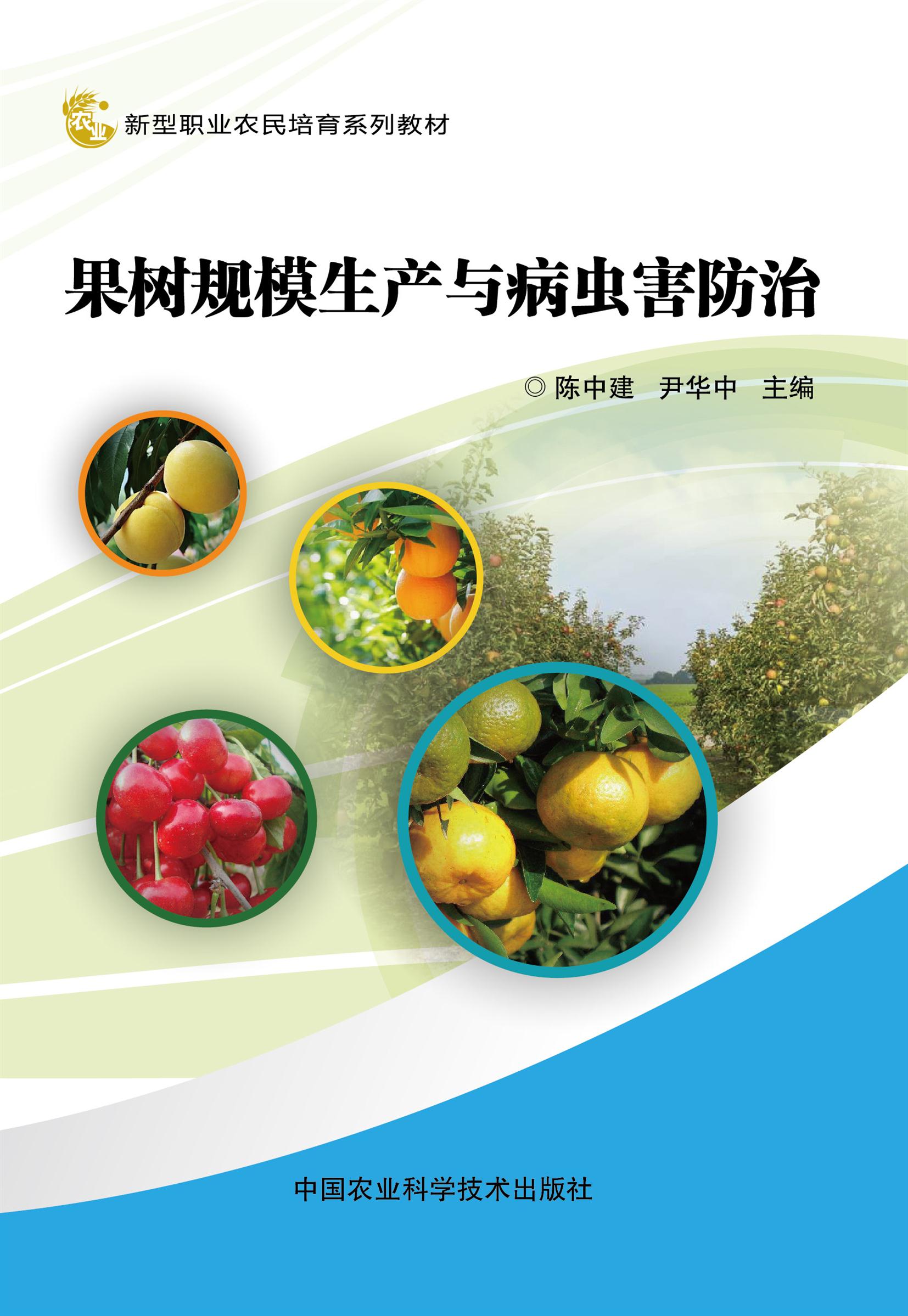Discrepancy of Transmission Rate of the Rice Stripe Virus by Nymphs and Adults of the Small Brown Planthopper Laodelphax striatellus Fallen(Homoptera: Delphacidae)? Corresponding authors:E-mail:wanghd61@126.com;zrzhu@zju.edu.cn
Discrepancy of Transmission Rate of the Rice Stripe Virus by Nymphs and Adults of the Small Brown Planthopper Laodelphax striatellus Fallen(Homoptera: Delphacidae)? Corresponding authors:E-mail:wanghd61@126.com;zrzhu@zju.edu.cn
1 Introduction
The small brown planthopper,
2 Materials and Methods
2.1 Insects
In 2006,the small planthoppers in growth stages of large nymphs and macropterous and bra
The most widely grown rice cultivar Xiushui 110,a
2.3 Bioassay
After they were collected and transported in healthy rice seedlings to the laboratory,the planthoppers were separated into groups of larger nymphs,macropterous and brachypterous adults as described in Sun et al.(2007).One rice seedling was set in a glass tube in size of 15cm×2cm and enclosed in one end with nylon mesh.After one planthopper of either nymph or adult was put into each glass tube,the second end was enclosed as for other the end and the glass tubes were marked for the vector's site etc.All the tubes and plants with planthoppers were sitting vertically on trays with still water to maintain the plants alive.The trays were kept in a greenhouse of RH75%,25~28℃ with 14L:10D.After 24 hours after infection,the seedlings were transplanted into plots in a screen house and covered by net cages in size of 30 cm in height×10cm in diameter individually.The seedlings were monitored and recorded daily for the incidence of the rice stripe disease till 30 days.
2.4 Data analysis
Since all the incidence data of percentages of infected rice plants were lying within the range of 0 to 30%,the square-root transformation was used before analysis of variance.The Generic linear model(GLM)was applied to separate the factors and their interactions on the variance.Thereafter,the least significant difference(LSD)was used to compare the difference among the transmission rates of different status of vectors.The data analysis was performed in the DPS program(Tang and Feng 2006).
3 Results and Analysis
The age and site of the vector had significant effect on the transmission rate(ANOVA,
SourceofvarianceSSDegreeoffreedomdfMeansquaresMSFProbabilitylevel,PAge223.02572111.512982.84770.0001Site68.9879611.49808.54230.0098Year7.041717.04175.23160.0622Year×Age2.320621.16030.86200.4687Year×Site17.451335.81714.32180.0604Site×Age44.6304123.71922.76320.1107Error8.076061.3460Total335.229532

Table 1 Analysis of variance of factors affecting the transmission rate of overwintering Laodelphax striatellus Fallen
SBPHoriginationsAgeofsmallbrownplanthopper(SBPH)20062007MacropterBrachypterLargenymphMacropterBrachypterLargenymphHaiyan3.36.258.233.525.026.12Haining3.855.136.992.143.035.81Jiashang2.783.836.222.594.216.25Tongxiang3.547.6913.64Xiuzhou3.595.267.13Changxin2.604.228.505.636.487.69Huzhou1.829.0911.29Mean±SE2.87±0.345.7±0.948.25±0.873.5±0.495.28±0.677.77±0.215%cbababa1%BAABABA

Table 2 Comparison of transmission rate (%) of the rice stripe virus by different age of the small brown planthopper (SBPH), Laodelphax striatellus Fallen
4 Discussion
4.1 Consistence of the decrease of virus transmission ability of insect vectors with age
The experiment presented in the paper showed that the large nymphs of the planthopper vector had higher transmission efficiency than their adults.Such discrepancy between adults and younger stages are found in many plant virus vectors.For both sexes of
The acquisition access period(AAP)and inoculation access feeding periods(IAP)are two of the important factors determining the transmission efficiency.The proportion of aster leafhoppers,
Due to the lack of strong evidence to elucidate the mechanism undergoing the different transmission ability between the ages and wing-morphs of the small brown planthopper,more experiments are necessary to carried out to draw the clear pictures.
4.2 Implication of higher RSV transmission competency in the large nymphs of L. striatellus
When winter crops such wheat,ryegrass are spatially connected with or temporally followed by rice seedling nursery or transplanted rice,viruliferous planthopper nymphs remained in the nearby winter crops or grasses will move by jumping to the newly-planted rice plants and transmit the virus to rice resulting in severer RSV incidence than viruliferous adults.Such event should be prevent through spatially and temporally isolation.Postpone of sowing date of rice has been tested experimentally as one of the effective approach to avoid RSV disease outbreak in rice(Zhu,et al.2007,in review).
Additionally,the data can be used in a rice stripe disease epidemiological model to evaluate strategies for the disease management.
Acknowledgement
The research presented in the paper is part of the Zhejiang Provincial Key Projects(2005C32033,2004E60055),China National High-Tech(863)Program(2007AA10Z220).









